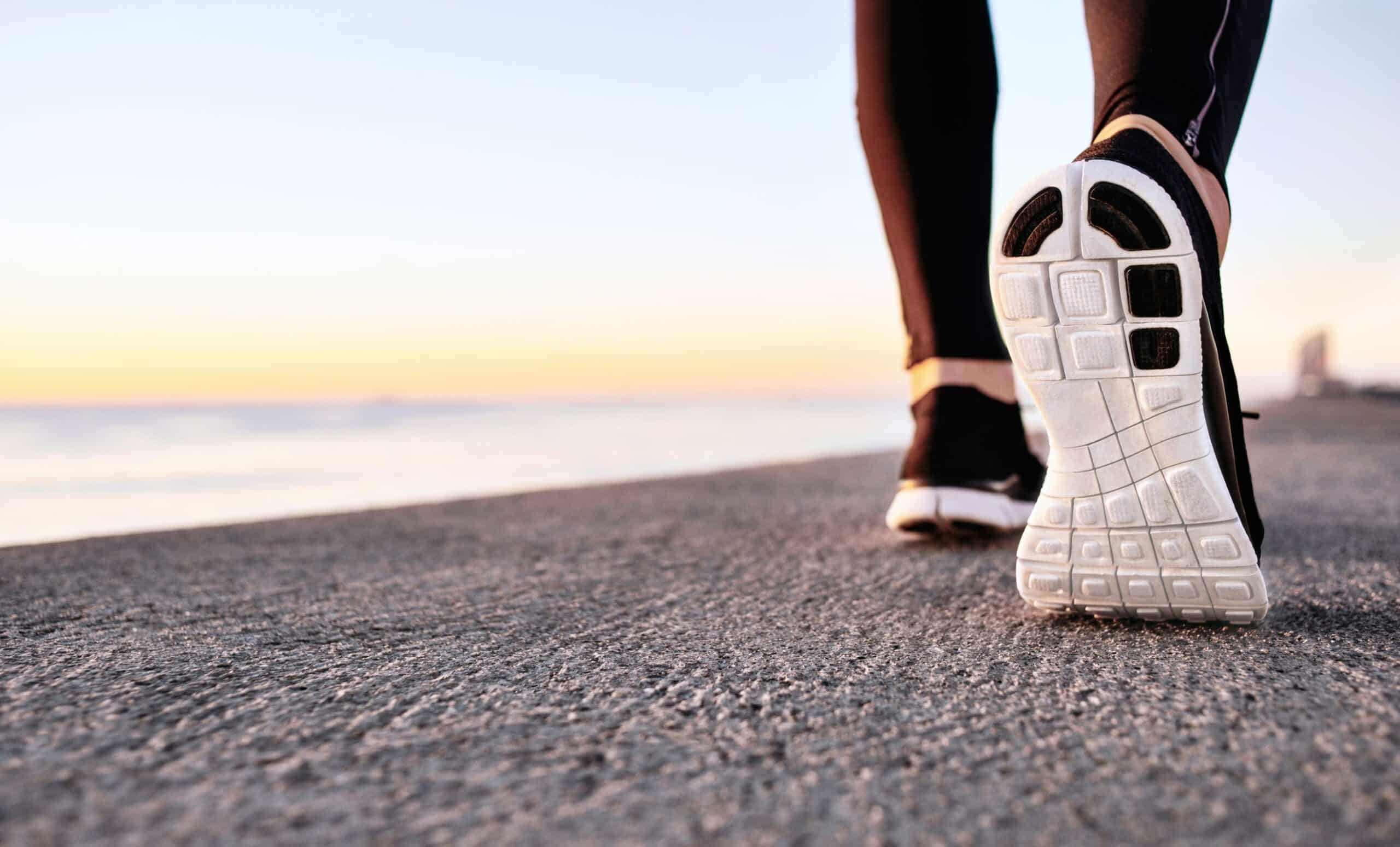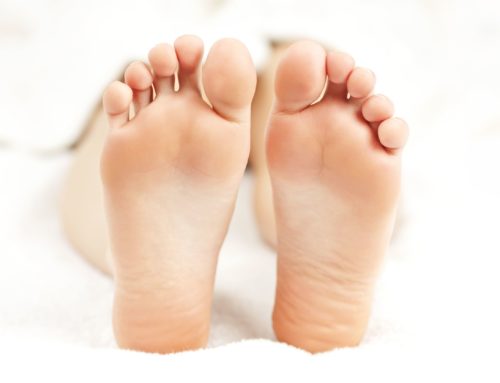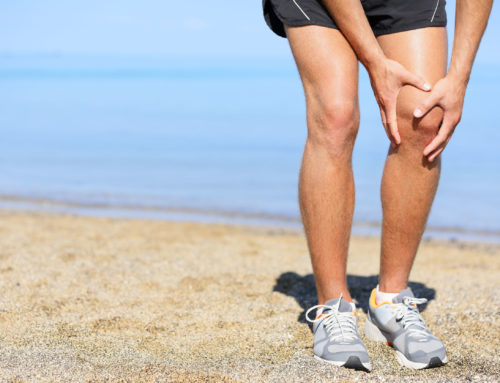Typically, there is a a gap under the arch of the foot when standing, but for people with fallen arches or flat feet there is little to no space, causing the entire bottom surface of the foot to be in contact with the ground. Some people may experience no pain or obvious problems from this condition, while others may, depending upon the severity of their condition.
Arches act as shock absorbers for the body’s weight, evening its distribution with their strength and flexibility. When arches flatten, the uneven distribution of body weight can cause ligaments and muscles to become strained, resulting in pain not only in the feet and ankles, but even knees, hips or the back.
The normal wear and tear of aging can result in fallen arches. Tendons can become damaged due to Inflammation from overuse, and may even be torn causing flattening of the foot. Other conditions may contribute to flat feet including genetics, pregnancy, injury, or disease.
Often, wearing comfortable, supportive, well-fitted footwear can alleviate discomfort associated with flat feet. Additionally, orthotic inserts may be advised to provide support and prevent the foot from rolling inward. Losing weight can also help to reduce the strain and improve symptoms.
For those whose symptoms don’t improve, there are times when surgery may be required. Left untreated, those who have fallen arches may at risk for other conditions such as achilles tendinitis, arthritis, bunions, hammertoes, shin splints, or plantar fasciitis.
If you are experiencing pain and suspect that you may fallen arches, an orthopedic doctor can examine you to determine whether flat feet may be an issue. At Spine & Orthopedic Center, we understand that the structure and functioning of your feet can affect many other areas of your body. If you would like to find out more, please contact Spine & Orthopedic Center for an appointment today.







Leave A Comment